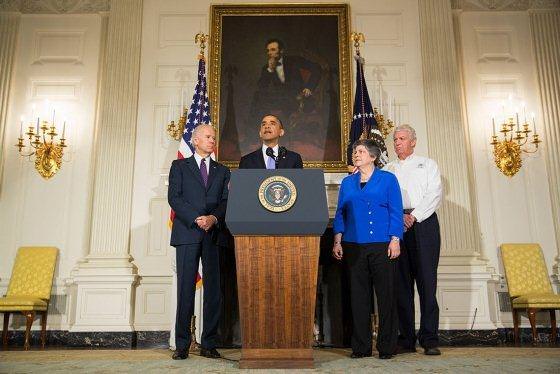Ten years since adopting the Hyogo Framework for Action shortly after the Indian Ocean Tsunami, government representatives have gathered in Sendai to negotiate a new framework for global action to reduce the risks of disasters. For the first time, protecting people’s health is at the centre of such a framework.
“In the 10 years since Hyogo, governments have increasingly recognized that healthy people are resilient people, and that resilient people recover much more quickly from emergencies and disasters,” says Dr Bruce Aylward, Assistant Director-General for Emergencies at the World Health Organization (WHO). “Recent and ongoing disasters – from Typhoon Haiyan in the Philippines to the Ebola crisis in West Africa – highlight the centrality of human health to our collective goals in disaster risk reduction by all sectors.”
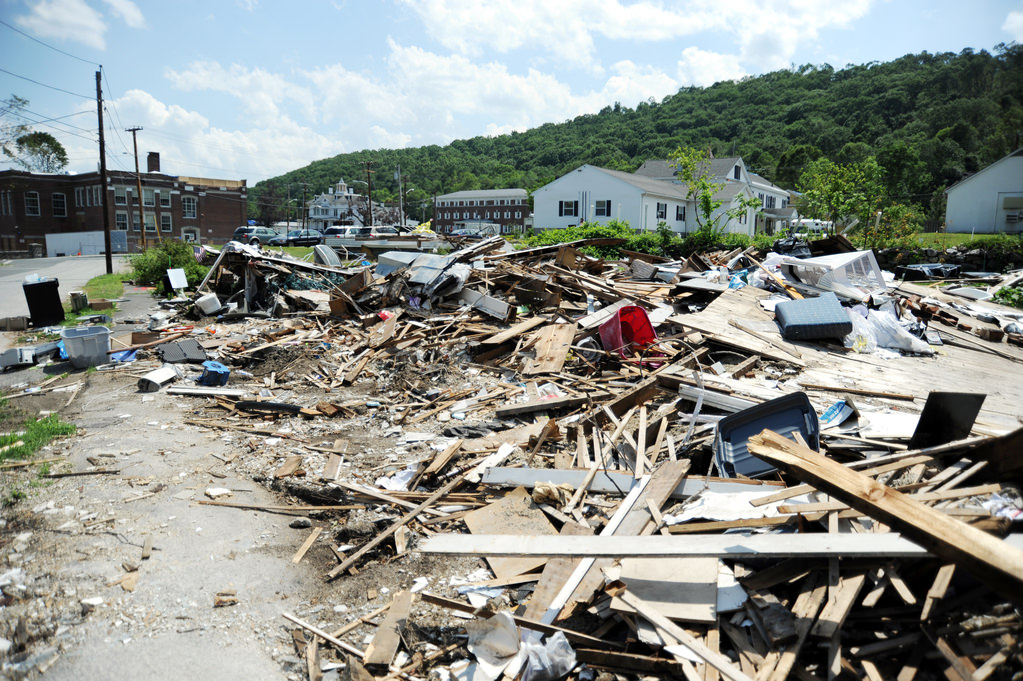
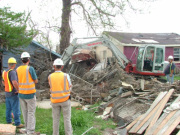 A pile of debris, what looked like the roof of a garage lay atop what was left of other structures, all commingled in the corner of a lot, where it had come to rest against another house. The dog alerted several times in this are, and the team searched.. and searched.. dug through the debris and searched more. After a couple of hours, the debris had been pulled apart with nothing found. Another dog was brought in, and it, too, alerted in the same area. Frustrated and tired, the team called off the search, sure that what the dogs had alerted on had probably been fragments carried by wildlife from another location.
A pile of debris, what looked like the roof of a garage lay atop what was left of other structures, all commingled in the corner of a lot, where it had come to rest against another house. The dog alerted several times in this are, and the team searched.. and searched.. dug through the debris and searched more. After a couple of hours, the debris had been pulled apart with nothing found. Another dog was brought in, and it, too, alerted in the same area. Frustrated and tired, the team called off the search, sure that what the dogs had alerted on had probably been fragments carried by wildlife from another location.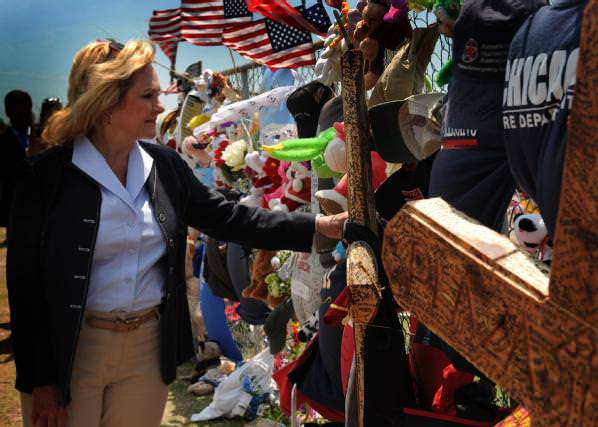
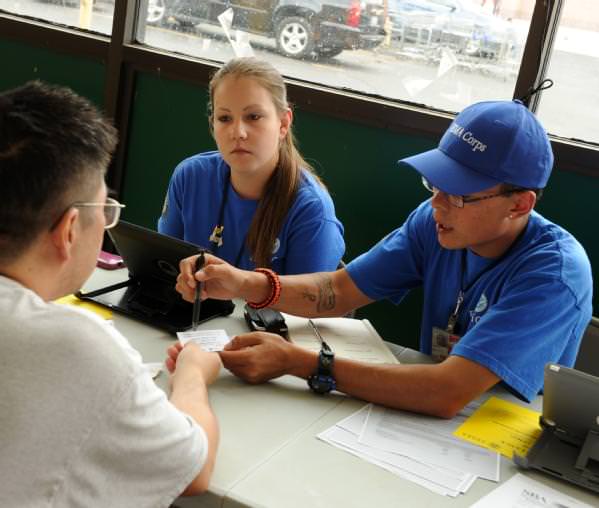
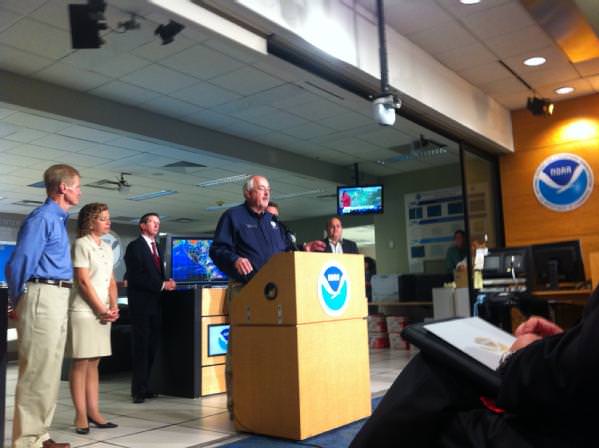 Miami, Fla., May 31, 2013 — FEMA Administrator Craig Fugate speaks at NOAA’s annual Atlantic Hurricane press event discussing the upcoming hurricane season.
Miami, Fla., May 31, 2013 — FEMA Administrator Craig Fugate speaks at NOAA’s annual Atlantic Hurricane press event discussing the upcoming hurricane season.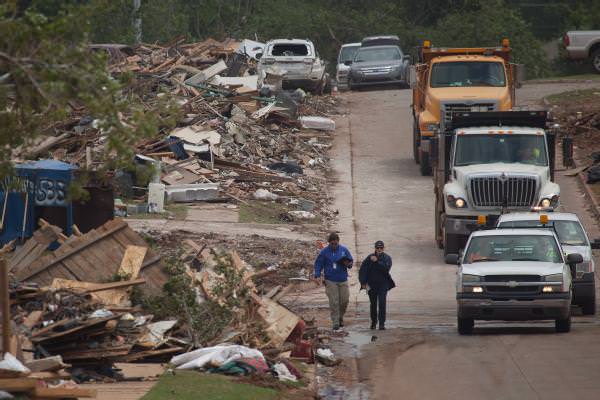 Moore, Okla., May 27, 2013 — Disaster Survivor Assistance Team (DSAT) member, Kathleen King and FEMA Corps member, Ana Canizales canvas the Whispering Oaks area of Moore. They are providing disaster related information and taking FEMA disaster assistance registrations. The Moore area was struck by a F5 tornado on May 20, 2013. Andrea Booher/FEMA
Moore, Okla., May 27, 2013 — Disaster Survivor Assistance Team (DSAT) member, Kathleen King and FEMA Corps member, Ana Canizales canvas the Whispering Oaks area of Moore. They are providing disaster related information and taking FEMA disaster assistance registrations. The Moore area was struck by a F5 tornado on May 20, 2013. Andrea Booher/FEMA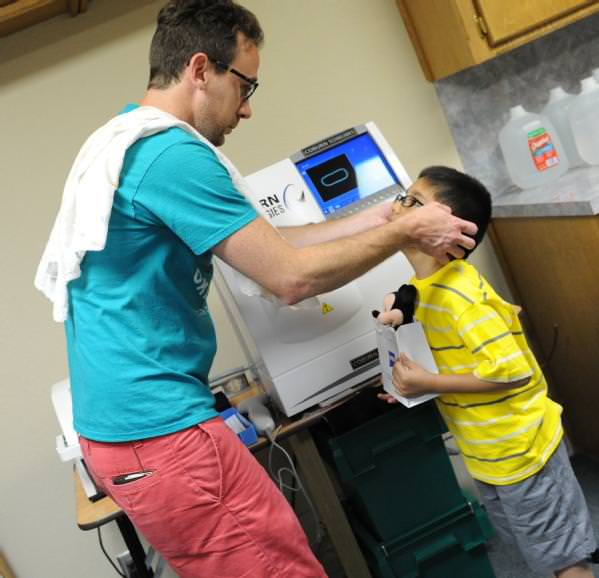 Oklahoma City, Okla., May 28, 2013 — Local resident Elijah Meza is fitted for a pair of glasses by Vision Source volunteer optometrist Taylor Oliphant after an eye exam. Vision Source is providing local residents with eye care who were impacted by the recent tornado on May 20, 2013. The center is set up at the Graceway Baptist Church. Jocelyn Augustino/FEMA
Oklahoma City, Okla., May 28, 2013 — Local resident Elijah Meza is fitted for a pair of glasses by Vision Source volunteer optometrist Taylor Oliphant after an eye exam. Vision Source is providing local residents with eye care who were impacted by the recent tornado on May 20, 2013. The center is set up at the Graceway Baptist Church. Jocelyn Augustino/FEMA